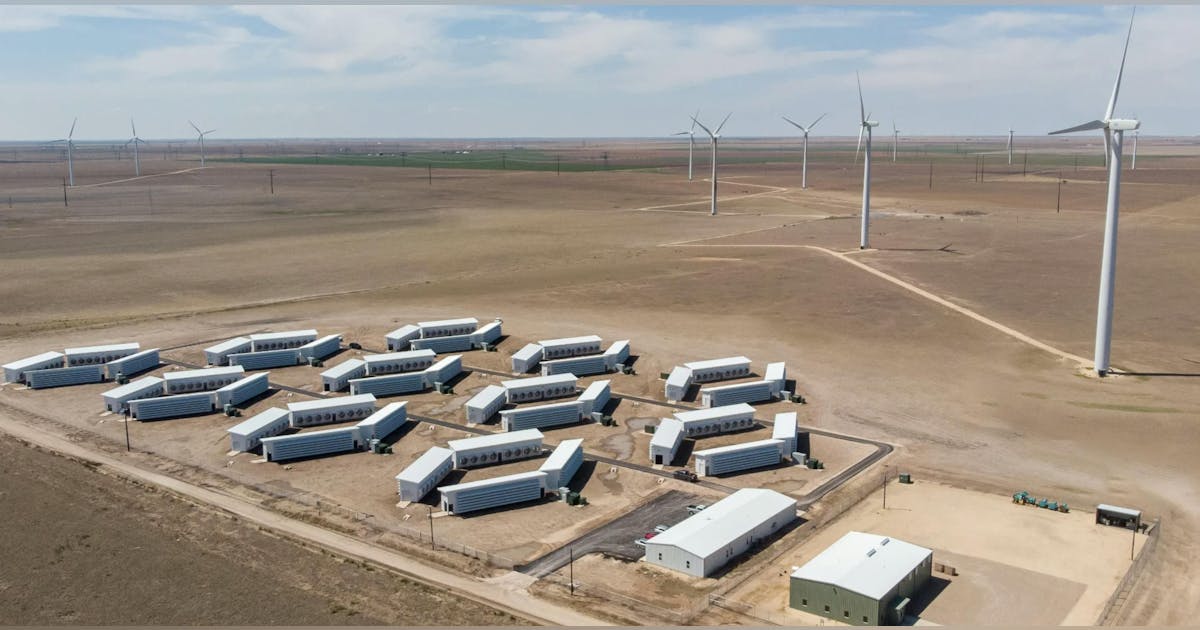
OPEC’s crude production fell last month despite the group’s long-awaited plans to increase, with much of the reduction stemming from looming US sanctions on Venezuela.
Output from the Organization of the Petroleum Exporting Countries shrank by 200,000 barrels a day in April to 27.24 million a day, according to a Bloomberg survey. Venezuela accounted for about half of the decline as international producers such as Chevron Corp. wind down operations while President Donald Trump’s administration tightens sanctions.
It was less clear, though, why other OPEC members such as Saudi Arabia and the United Arab Emirates didn’t take advantage of the group’s agreement to finally bolster supplies.
OPEC and its allies had resolved to start gradually reviving halted output in April, after delaying the plans several times for fear of undermining crude prices.
Nonetheless, the United Arab Emirates – which had even secured a special carve-out to make extra increases – instead curtailed output by 80,000 barrels a day to an average of 3.25 million a day, according to the survey. Riyadh added just 20,000 barrels a day, pumping 8.97 million, only part of the agreed amount.
The countries may have been trying to honor pledges to restrict output in order to compensate for previous overproduction, though the biggest quota offenders – the UAE and Iraq – remained well above their designated targets.
OPEC’s surprising restraint throws more uncertainty onto what the cartel and its partners will decide on Monday, when they’re due to hold a video-conference to review production levels for June.
Last month, Saudi Arabia stunned crude traders by steering the group to accelerate output increases in May, unleashing a hike of 411,000 barrels a day that was triple the originally scheduled amount. Delegates said the move was intended to punish errant OPEC+ nations like Iraq and Kazakhstan, though Riyadh may also have been heeding pressure from Trump to lower oil prices.
Oil traders are bracing for the alliance to announce another supply boost during Monday’s call, potentially in line with the 411,000-barrel surge unveiled a month ago. Riyadh has briefed some industry figures on its ability to withstand the market slump that may result from raising production while demand remains so fragile.
Brent futures sank to a four-month low below $60 a barrel in the days after OPEC+’s shock move last month, which was announced just hours after Trump unleashed a barrage of trade tariffs on China and other nations. The benchmark was trading near $61 in London on Thursday.
Bloomberg’s survey is based on ship-tracking data, information from officials and estimates from consultants Rapidan Energy Group, FGE, Kpler Ltd. and Rystad Energy.
WHAT DO YOU THINK?
Generated by readers, the comments included herein do not reflect the views and opinions of Rigzone. All comments are subject to editorial review. Off-topic, inappropriate or insulting comments will be removed.
MORE FROM THIS AUTHOR
Bloomberg





















